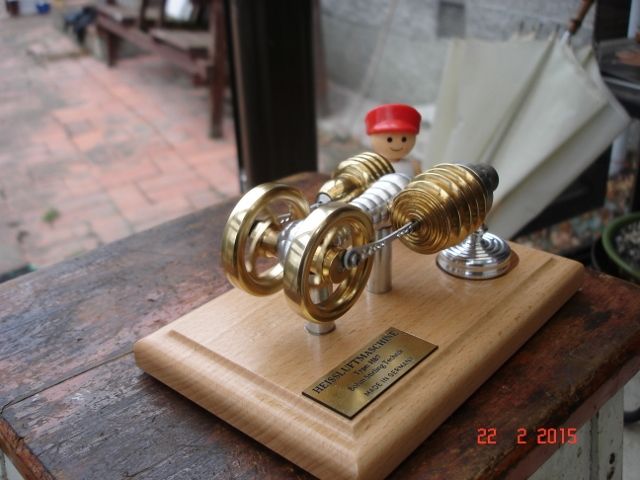…then I think I will go back to using that thin-walled fake ''stainless'' steel tube I was using before. I was very close to getting that to run.
Why not have a go at boring out the inside diameter of the new cylinder? It looks like you might have to make a split collet of some sort if you can't just reverse it in the regular jaws. Did you ever get your fixed steady? Might be able to hold the cylinder by the brass hot cap in the chuck jaws and use the steady to support the other end while you bore it out.
Use a boring bar the largest possible diameter that will fit inside the existing bore. It might chatter a bit on your small lathe, but that is not important for a non-bearing surface like this. And you can clean it up with your homemade brake cylinder hone. You can make a simple boring bar out of a piece of round steel bar with a hold drilled in the end to take a piece of HSS and a tapped hole for a clamping screw. That way, you can make a bar that is a good solid size.
Edited By Hopper on 23/05/2016 03:37:56
Gordon Tarling.





